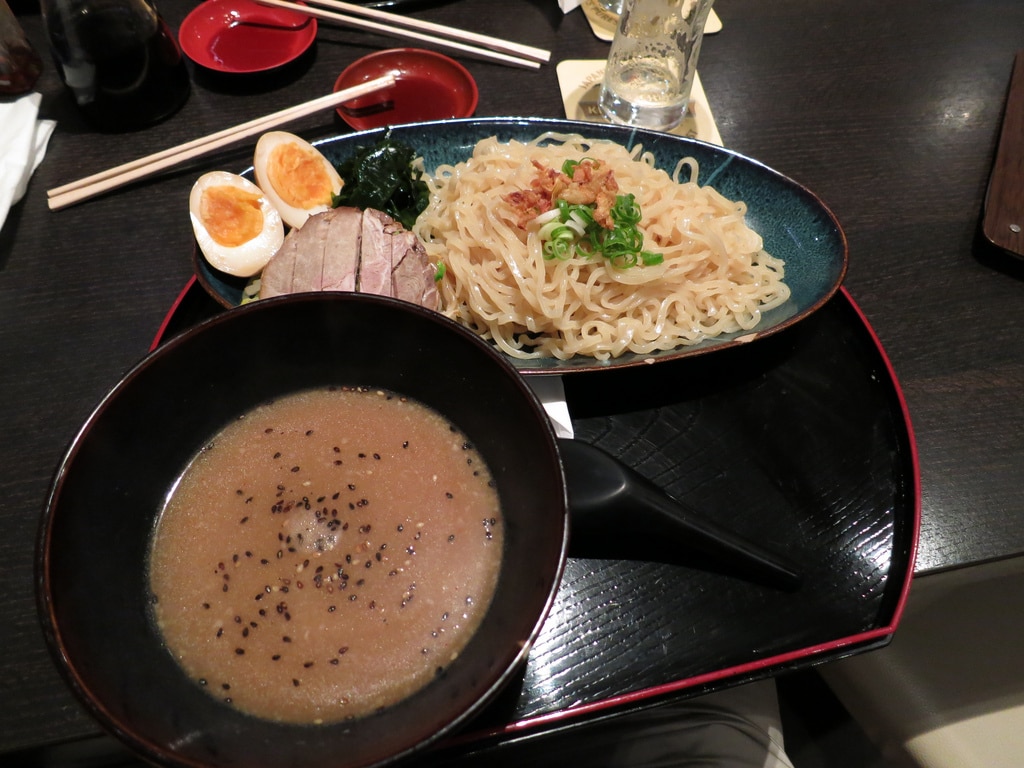
Whether you’re a cash-strapped student or an international traveler, at some point or another you’ve likely given ramen a try. Who can resist warm noodles, sloshy broth, and leafy greens on a cool fall day? (Or, any day really).
But, no two ramens are the same! Did you know that ramen comes in all different shapes & sizes from around the world? Introduced to Japan in the 1850s, some of the best slurpy goodness can be found in this Asian country. Check out these 7 essential ramen variations of Japan you must try.
Basically, here are 7 excuses to have ramen everyday.
Shoyu Ramen
The most popular ramen variant found throughout Japan, Shoyu Ramen is most popularly characterized by the use of abundance of umami, also known as soy sauce. Native to the Kanto region of Japan, shoyu ramen is often paired with chicken, seafood, or beef-based broths. If you’re looking for a good place to get your ramen game started, a shoyu-style ramen may be the move. Shoyu ramen is soy good that, ramen shops are quite protective of their Shoyu recipes, and often make these recipes from scratch!
Check out this Shoyu Ramen recipe from Bon Appètit if you want to give your taste buds a sneak peek into the salivating world of ramen deliciousness. A medley of vegetables, meats, curly noodles, and other seasons, what isn’t to love about this bowl?

Miso Ramen

Given away in the name, Miso ramen uses the traditional Japanese seasoning – miso – to create the broth in combination with an moist chicken or fish-based broth. Developed in Hokkaido in the 20th century, miso ramen is the newest of the big four ramen flavors. Known for it’s full, robust, miso ramen is accentuated by thick and chewy noodles. In many ways, it is the closest noodle soup variant to other Asian alternatives like Pho, characterized by its volume.
Photo by: Steamy Kitchen
Shio Ramen
We’re feeling salty, but in the best way.
Typically made with chicken broth, Shio (or salt-based) ramen is a savory option with a clear yellow broth. It’s considered the oldest of the ramen broths! Commonly topped with seaweed, pickled plums, and kamaboko, Shio ramen typically is comprised of straight noodles, but varies on the thickness based on the individual shop. It has arguably (we’ll make the arguement) the biggest flavor profile and is accented with sweet & sour notes. The best of both worlds!

Tonkotsu Ramen
Originating in Fukuoka, Tonkotsu ramen is based with a soup broth made from pork bones. It has one of the longest preparation times of any of the ramen dishes, resulting in a deep, delicious & somewhat gamey flavor. Unlike other broths, the results depend heavily on the natural profile of the bone (aka, the fresher the better).

This dish typically includes ramen noodles with hard centers and is often topped with savory pork belly. It’s said that if you’re in Fukuoka, the most well-known place to get your tonkotsu ramen on is Ippudo. The ultimate cold-weather ramen. Need we say more?
Onomichi Ramen
Ramen comin’ in flavorful!
Most prominently made in the seaside town of Onomichi in the Hiroshima prefecture, Onomichi ramen packs a serious flavor punch. It’s prepared with locally-caught seafood, and is the freshest of ramen variants. Combined with it’s complementary pairing with recently-picked spring onion, this ramen option is sure to turn you into a hopeless ramen(tic).

The brownish broth is created from chicken and pork stock, and is topped with scrumptious pieces of pork back. If you’re a fan of more rich, fuller soups, this is your go-to – and it’s worth the wait! It’s said that lines of hundreds of hungry customers form daily outside the shops in Onomichi as locals and tourists alike crave this comforting dish.
Tsukemen Ramen
A one-of-a-kind take on ramen from Tokyo, Tsukemen ramen separates the noodles from the broth.
Why?! You may be wondering.
This unique experience requires hungry customers to dip their noodles into the broth. This allows for the noodles to take on the flavoring in a more saturated and flavorful manner rather than the more traditional soup set-up.

Typically served with cold noodles, the broth is hot in temperature in comparison! This allows for the soup to season the noodles as they are dipped. It’s patterned after Mediterranean-eating techniques, where the starch acts as your base for consuming the earthy flavors typically found in the broth.
Kitakata Ramen
Founded in the Kitakata area of northern Fukuoka, Kitakata ramen is made with hand-cut, wavy egg noodles. The textures are much slicker and smoother than other soups. It’s a derivation of shoyu ramen but includes pork, bamboo shoots, and a piece of naruto for experience and presentation.
While not overly complex, it serves as a comfort food for those wanting a basic, yet refined, flavorful bowl. Full of electrolytes and other nutrients, the Kitakata ramen bowl serves as perfect pick-me-up when you need to re-calibrate.

